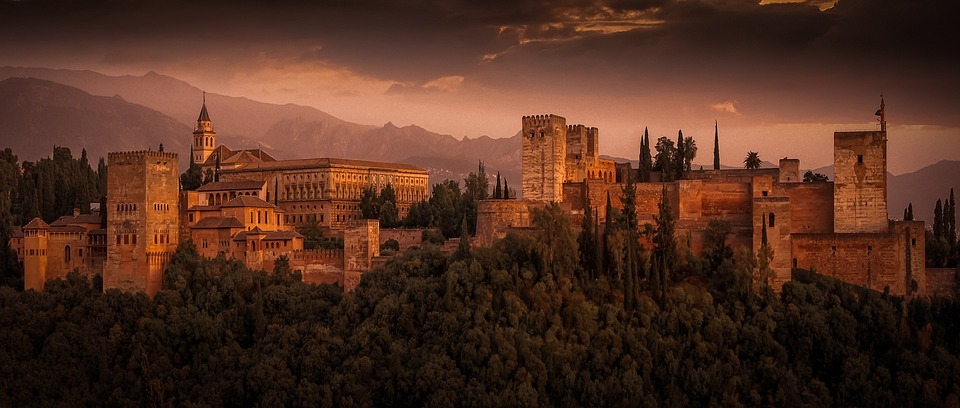Exploring Alba Spain: A Historical Timeline of Cultural Influence
Alba, a town nestled in the heart of Spain, holds a rich history of cultural influence that has shaped its identity over the centuries. From ancient Roman settlements to Moorish invasions and Christian conquests, Alba’s past is a tapestry of diverse civilizations that have left their mark on the town’s architecture, cuisine, and traditions.
Ancient Roman Settlements (1st Century BC)
The history of Alba dates back to the 1st century BC when it was known as Forum Voconii, a Roman settlement that served as an important trading hub in the region. The Romans built a network of roads and bridges that connected Alba to the rest of the Iberian Peninsula, facilitating trade and cultural exchange between different regions. The influence of Roman architecture can still be seen in Alba’s historic structures, such as the Roman bridge that spans the river Ebro.
Moorish Invasions (8th Century AD)
In the 8th century AD, Alba was conquered by the Moors, who brought with them their rich Islamic culture and architectural style. The Moors built mosques, palaces, and gardens that transformed the landscape of Alba and left a lasting impact on its architecture. One of the most iconic Moorish structures in Alba is the Alcazaba, a fortified palace that served as the residence of the Moorish rulers.
Christian Conquests (11th Century AD)
Alba was eventually conquered by Christian forces in the 11th century AD during the Reconquista, a series of campaigns by the Christian kingdoms of Spain to retake territory from the Moors. The Christian conquest of Alba led to the construction of churches, monasteries, and castles that reflected the Christian influence on the town’s architecture and culture. One of the most notable Christian structures in Alba is the Cathedral of Santa Maria, a beautiful Gothic cathedral that stands as a testament to the town’s Christian heritage.
Renaissance and Baroque Periods (16th-18th Century)
During the Renaissance and Baroque periods, Alba experienced a flourishing of arts and culture, with the construction of grand palaces, theatres, and public squares that reflected the town’s prosperity and artistic achievements. The influence of the Renaissance and Baroque styles can be seen in the ornate facades of Alba’s historic buildings, as well as in the intricate woodwork and frescoes that adorn its churches and palaces.
Modern Era (19th Century-Present)
In the 19th century, Alba underwent a period of industrialization and modernization that transformed the town’s economy and urban landscape. The construction of railways and factories brought new opportunities for trade and commerce, while the growth of tourism fueled a revival of Alba’s cultural heritage and traditions. Today, Alba is a vibrant town that blends its rich history with modern amenities, attracting visitors from around the world to explore its historical sites and experience its unique charm.
Conclusion
Exploring Alba Spain is a journey through time, tracing the town’s evolution from ancient Roman settlements to Moorish invasions and Christian conquests. Each civilization has left its mark on Alba, shaping its architecture, cuisine, and traditions in unique ways. From the grandeur of Roman ruins to the intricate beauty of Moorish palaces and the elegance of Christian cathedrals, Alba’s cultural influence is a testament to the town’s rich and diverse history. Plan your visit to Alba Spain and immerse yourself in a world of historical wonders waiting to be discovered.
